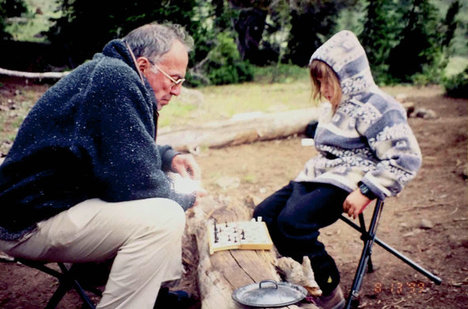(p. A11) On June 6, 1989, the physicist Fang Lizhi took refuge in the U.S. Embassy in Beijing at the invitation of President George H.W. Bush, who told Fang, then being hunted by the Communist Party, that he could stay as long as necessary. Two days earlier, troops from the People’s Liberation Army had crushed the democracy protests in central Beijing and other cities that had riveted China–and the world. Fang did not participate directly in the Tiananmen Square protests, but his campus talks and writings on democracy during the 1980s had made him a hero to the students and an archenemy of the authorities. He and his wife, Li Shuxian, also a physicist, were No.1 and No. 2 on an arrest list after the massacre.
Fang and his wife stayed at the embassy for 13 months. During that time he wrote “The Most Wanted Man in China,” a thoughtful, funny and still relevant memoir that recalls those tense days and the years leading up to them, during which Fang openly challenged China’s Communist Party in a battle of ideas.
. . .
Fang has been called the “Chinese Sakharov” and not only because of his brilliance. “For Fang as for [Andrei] Sakharov,” as Perry Link, a scholar of Chinese language and dissent, writes in the book’s foreword, “rights were implied by science.” Its axioms of “skepticism, freedom of inquiry, respect for evidence, the equality of inquiring minds, and the universality of truth . . . led Fang toward human rights and to reject dogma of every kind, including, eventually, the dogma of the Chinese communism that he had idealistically embraced.”
For the full review, see:
ELLEN BORK. “BOOKSHELF; He Made the Great Leap; Fang Lizhi’s name is banned in China. But everyone there who continues to push for democratic rights owes a debt to the dissident.” The Wall Street Journal (Weds., Feb. 17, 2016): A11.
(Note: ellipsis between paragraphs, added; ellipsis internal to paragraph, in original.)
(Note: the online version of the review has the date Feb. 16, 2016,)
The book discussed in the review, is:
Fang, Lizhi. The Most Wanted Man in China: My Journey from Scientist to Enemy of the State. New York: Henry Holt and Co., LLC, 2016.

